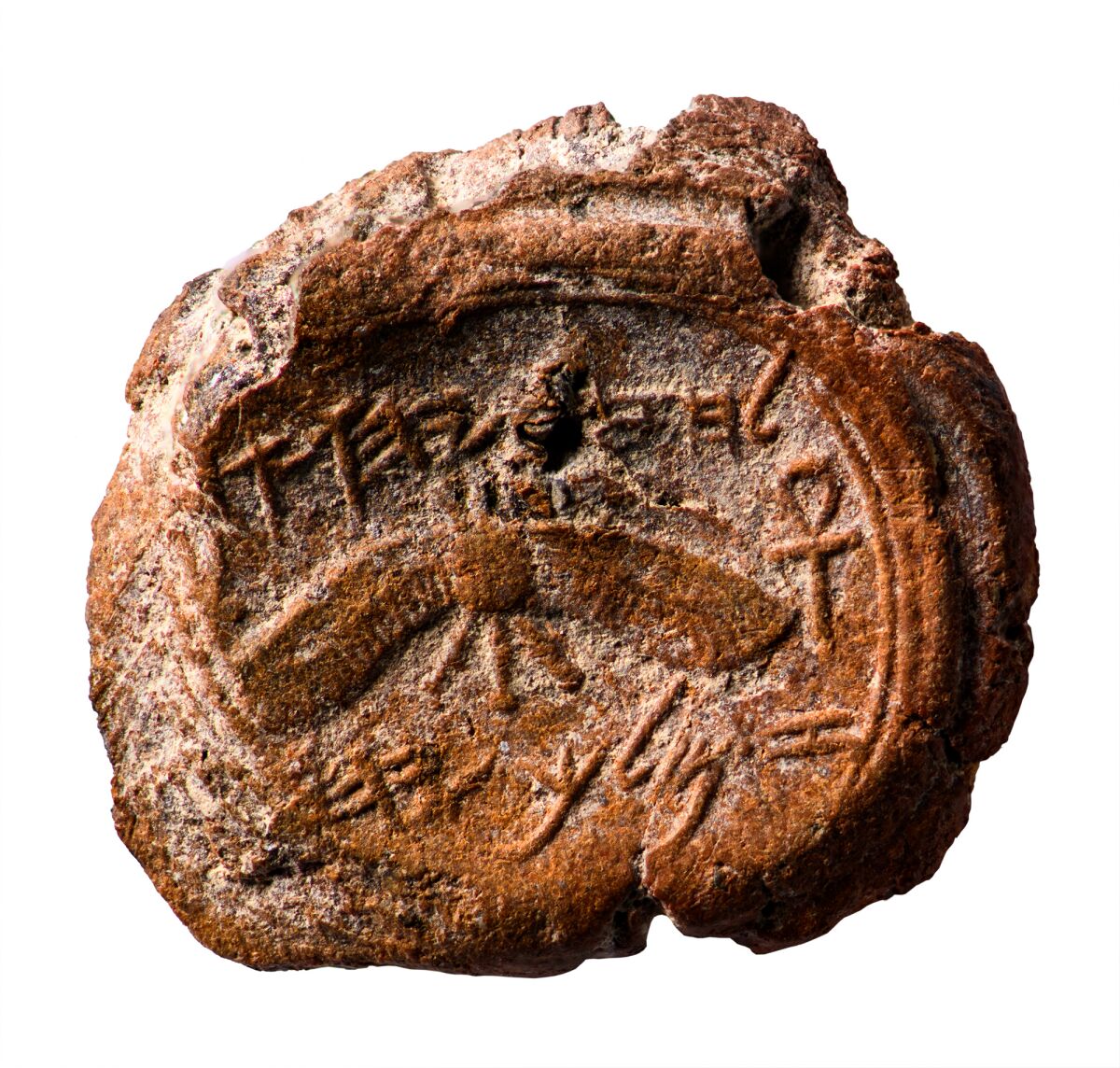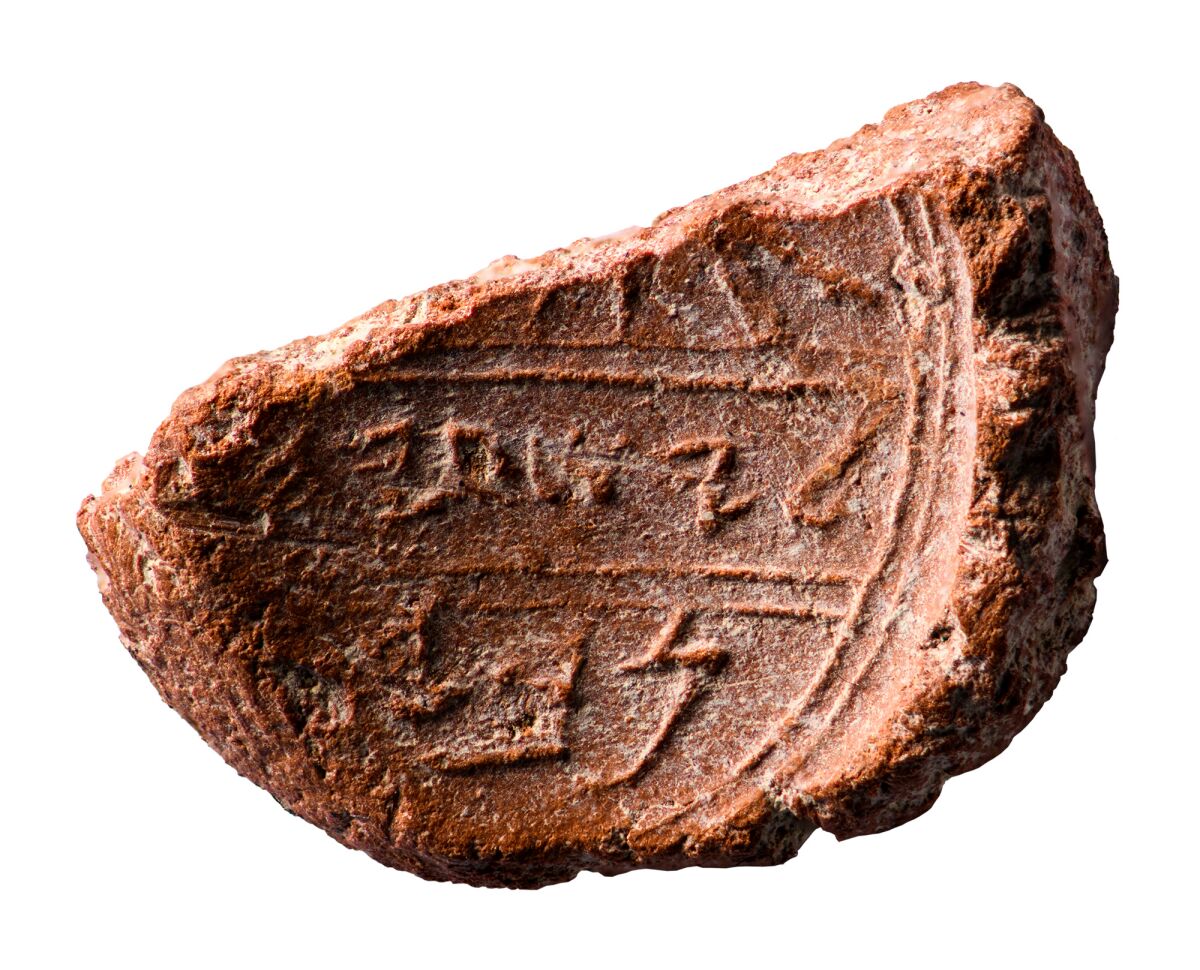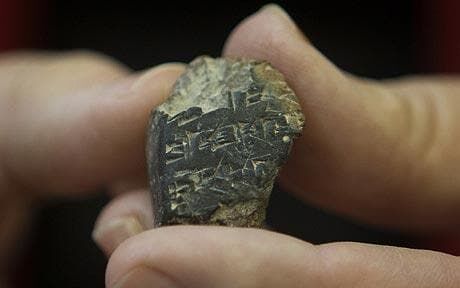Dr. Benjamin Mazar first excavated the Ophel mound in the 1970s. Later, from 1986 to 1987, he returned to the Ophel for a second excavation—this time, in collaboration with his granddaughter, Eilat. Together, Benjamin and Eilat discovered remains of a huge gate house, which they dated to the early Iron Age ii period (1000–586 b.c.e.).
Twenty-two years later, in 2009, Dr. Eilat Mazar returned to the Ophel to continue her grandfather’s legacy. Phase one of the Ophel excavations lasted until 2010. During the first season of this dig, two Armstrong College students travelled to Jerusalem to help Dr. Mazar.
Phase 1 of the Ophel excavation unearthed some sensational finds. A detailed synopsis of the major discoveries from all three phases of the Ophel excavations can be found in our article, “Discoveries of Eilat Mazar: The Ophel.” However, the most significant discoveries from Phase 1 specifically are listed below.
Solomonic gate house: Eilat and Benjamin Mazar first unearthed this impressive structure in their 1986–1987 excavation. At that time, the precise age of the complex was unclear. However, during Phase 1 of the Ophel excavation in 2009, Dr. Eilat Mazar found enough evidence to confidently date the gate complex to the 10th century b.c.e.—the time of King Solomon.
The gate house makes up the inner part of an overall projecting tower complex—the largest biblical-era structure ever discovered in Israel. To learn more about this discovery, read Brent Nagtegaal’s article “Exploring the Hidden Gate of King Solomon’s Jerusalem.”

Solomonic wall: Connected to the gate house and projecting tower, this large stone wall dated likewise to the 10th century b.c.e., as a result of Dr. Mazar’s excavation of stratified layers at the base of the wall. The Solomonic wall fits with 1 Kings 3:1, which records that Solomon built “the wall of Jerusalem round about.”
To learn more about the Solomonic Wall, read Brent Nagtegaal’s articles “Solomonic Wall Discovered in Jerusalem” and “Exploring the Hidden Gate of King Solomon’s Jerusalem.” For a more detailed study, see Dr. Eilat Mazar’s book, “Discovering the Solomonic Wall in Jerusalem: A Remarkable Archaeological Adventure” (available in our Publications and Reports section).

Tower of Uzziah: Adjacent to the projecting tower and Solomonic Wall, Dr. Mazar excavated stratified remains against the foundations of an auxiliary tower. The ashlar stones of this tower are the largest such stones anywhere in Israel, up to the time of King Herod’s Temple Mount.
Material thus far excavated reveals a rough date of construction between the 10th and eighth centuries b.c.e. 2 Chronicles 26:9 says that the eighth-century King Uzziah “built towers in Jerusalem at the corner gate, and at the valley gate, and at the turning of the wall” (a peculiar Hebrew word linked with this part of ancient Jerusalem). Could this be one of King Uzziah’s towers? To learn more, read “Discoveries of Eilat Mazar: The Ophel.”
Hezekiah bulla: This tiny clay seal impression (bulla) bears an inscription reading, “Belonging to Hezekiah, [son of] Ahaz, King of Judah.” It is the only bulla belonging to an Israelite or Judean king ever found in controlled scientific investigations. To learn more about the Hezekiah bulla, read Christopher Eames’s article “Analysis: The Hezekiah Bulla.” Also see our free exhibit brochure, “Seals of Isaiah and King Hezekiah Discovered.”

Isaiah bulla: Though heavily damaged, this clay seal is a remarkable link to the biblical prophet Isaiah. To learn more about the Isaiah bulla, read Brad Macdonald’s article “Has Eilat Mazar Discovered Archaeological Evidence of Isaiah the Prophet?” Also see our free exhibit brochure “Seals of Isaiah and King Hezekiah Discovered.”

Akkadian tablet fragment: This clay fragment was discovered during the wet-sifting process of the Ophel excavation. The cuneiform writing inscribed on its surface is the oldest text ever found in Jerusalem. To learn more about the Akkadian fragment known as Jerusalem i, read “The Oldest Writing in Jerusalem.”

